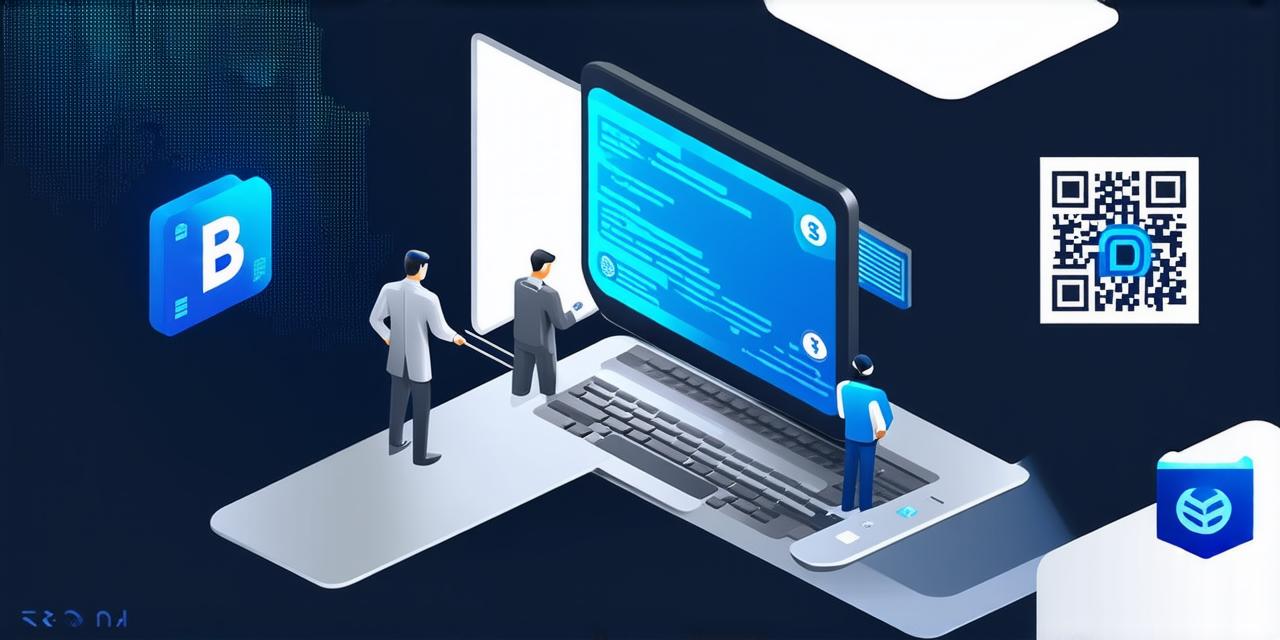Introduction
Blockchain technology is revolutionizing the way we exchange value and store data. It provides a decentralized, secure, and transparent platform for transactions, making it an attractive option for businesses, individuals, and organizations alike. However, one of the challenges of working with blockchain is understanding how to withdraw funds from your blockchain wallet to a bank account. In this comprehensive guide, we will explore the different methods available for withdrawing money from blockchain to bank accounts, their advantages and disadvantages, and best practices for doing so.
The Importance of Understanding Blockchain Withdrawals
Before diving into the details of how to withdraw money from blockchain to bank accounts, it’s important to understand why this is an essential aspect of working with blockchain technology. When you invest in or receive funds through a blockchain platform, you are essentially holding digital assets that can be exchanged for goods and services or transferred to other individuals or organizations. However, these digital assets must be converted into fiat currency before they can be used in traditional commerce. This is where blockchain withdrawals come into play.
By knowing how to withdraw money from your blockchain wallet to a bank account, you can take advantage of the benefits of blockchain technology while still being able to access and use the funds in a way that is familiar and convenient for you. Additionally, understanding blockchain withdrawals can help you make informed decisions about which cryptocurrencies or tokens to invest in, as well as how to manage your risks and maximize your returns.
Methods for Withdrawing Money from Blockchain to Bank Accounts
There are several methods available for withdrawing money from blockchain to bank accounts, each with its own advantages and disadvantages. In this section, we will explore the most common methods and provide a brief overview of how they work.
1. Exchange Platforms

One of the most popular methods for withdrawing money from blockchain to bank accounts is through exchange platforms. These platforms allow users to trade cryptocurrencies or tokens for fiat currency, such as US dollars, euros, or pounds. Once you have exchanged your digital assets for fiat currency, you can then transfer that amount into your bank account.
Exchange platforms offer a high level of convenience and flexibility, as they typically support a wide range of cryptocurrencies and tokens, and allow users to withdraw funds in various currencies. Additionally, exchange platforms often provide real-time pricing information, making it easy to keep track of market trends and make informed trading decisions.
However, there are some downsides to using exchange platforms for blockchain withdrawals. For example, these platforms typically charge a fee for their services, which can eat into your profits if you are frequently trading. Additionally, exchange platforms can be vulnerable to hacking and other security risks, which can put your funds at risk if they are not properly secured.
2. Peer-to-Peer Transactions
Another method for withdrawing money from blockchain to bank accounts is through peer-to-peer (P2P) transactions. P2P transactions allow individuals to exchange value directly with one another, without the need for intermediaries such as banks or exchange platforms. This can be particularly useful for blockchain withdrawals, as it allows you to bypass the fees and security risks associated with these intermediaries.
To participate in a P2P transaction, you will typically need to create a digital wallet that is compatible with the cryptocurrency or token you wish to trade. You can then search for other individuals who are willing to exchange value, and negotiate the terms of the transaction directly with them. Once the transaction is complete, the funds will be automatically transferred into your bank account.
One advantage of P2P transactions is that they tend to be faster and more efficient than traditional bank transfers, as there is no need for intermediaries to verify and process the transaction. Additionally, P2P transactions can be particularly useful for small-scale transactions or those that are not suitable for exchange platforms due to their high fees or limited liquidity.
